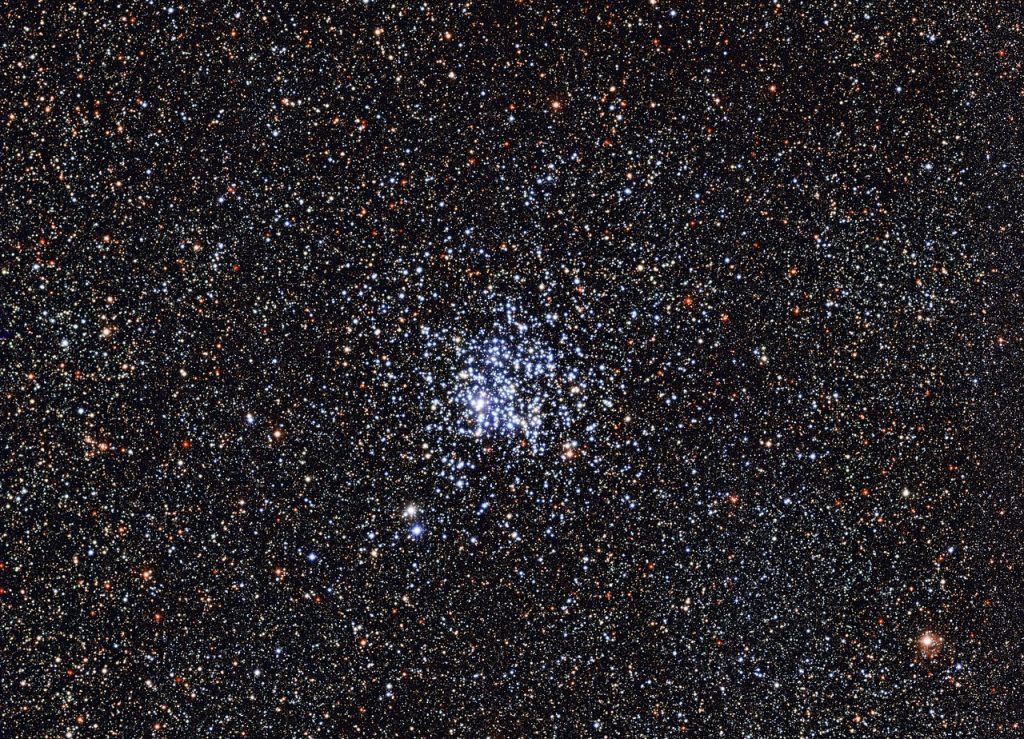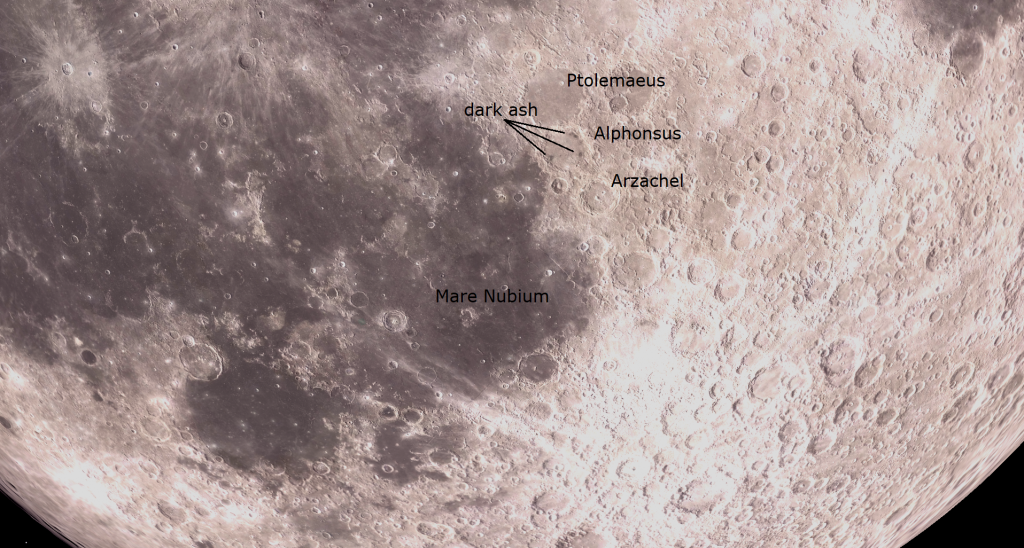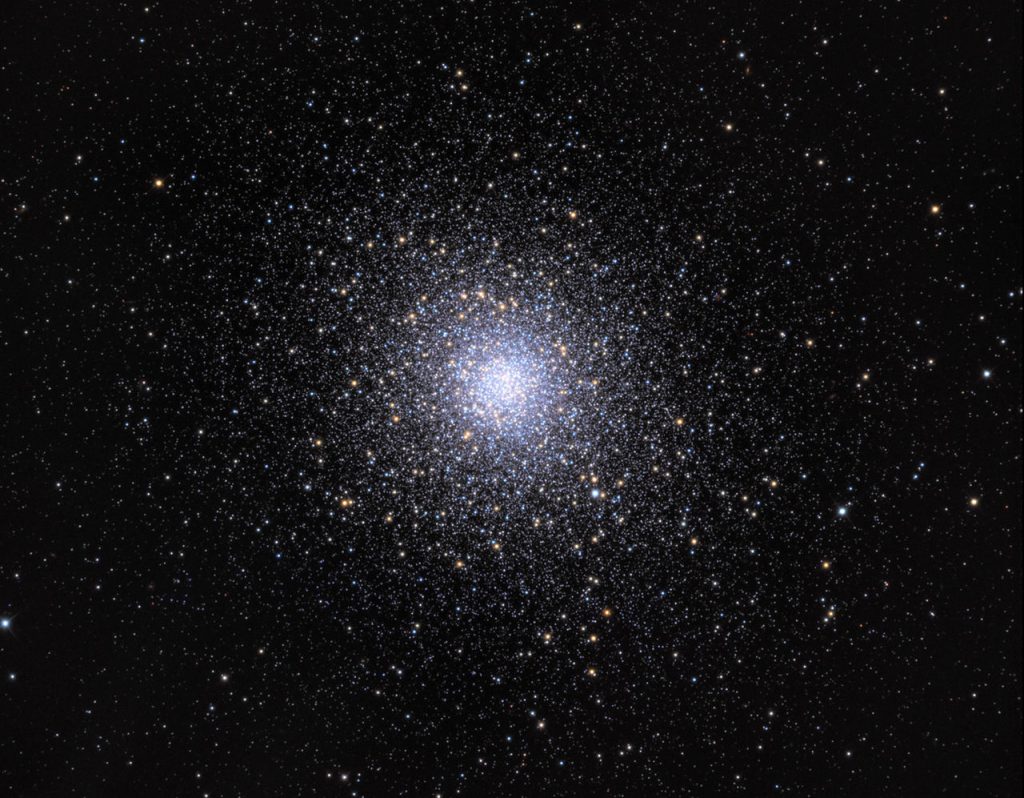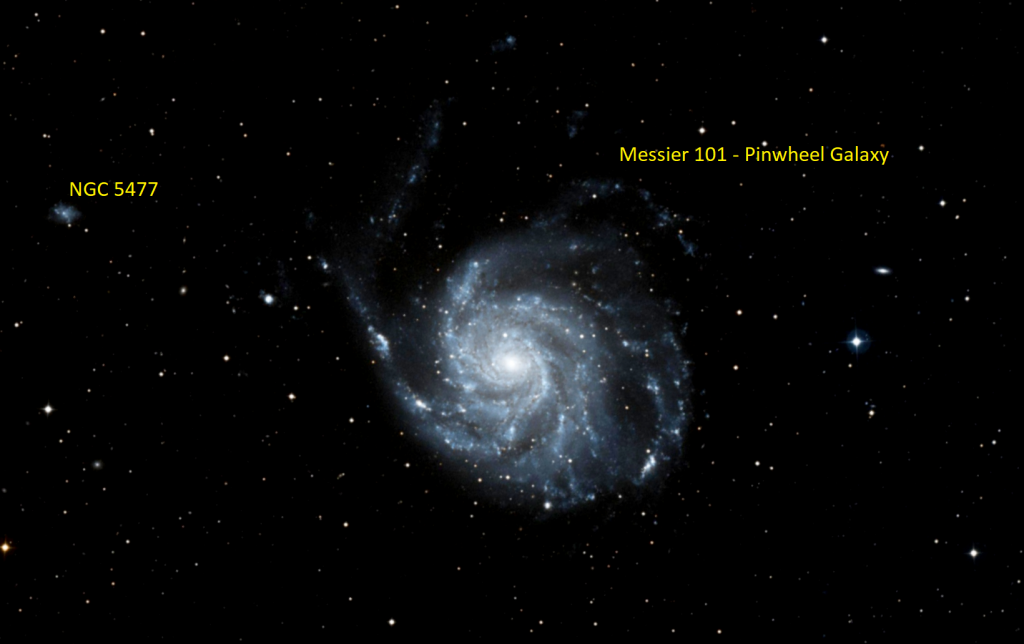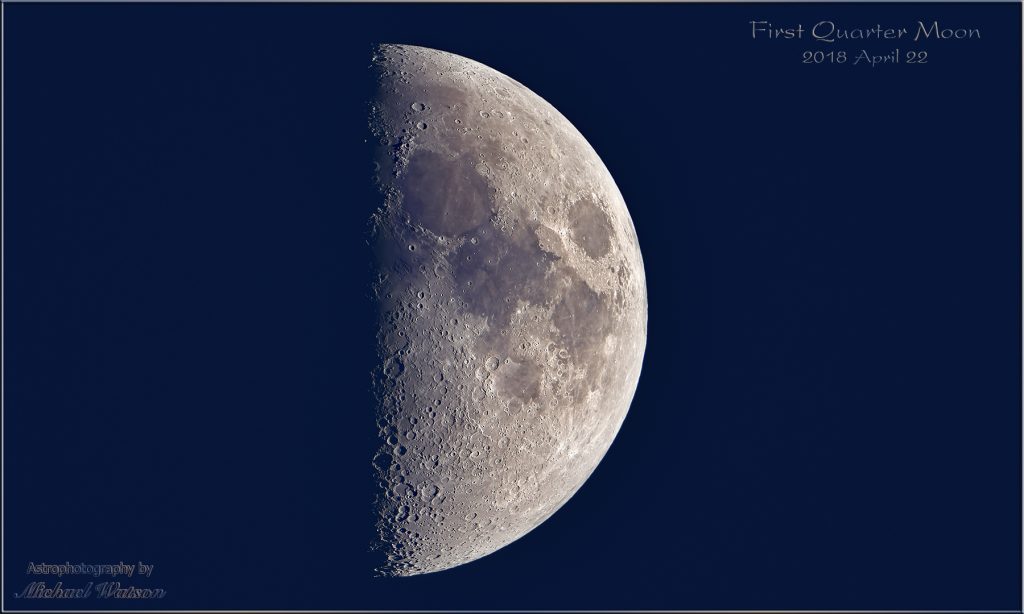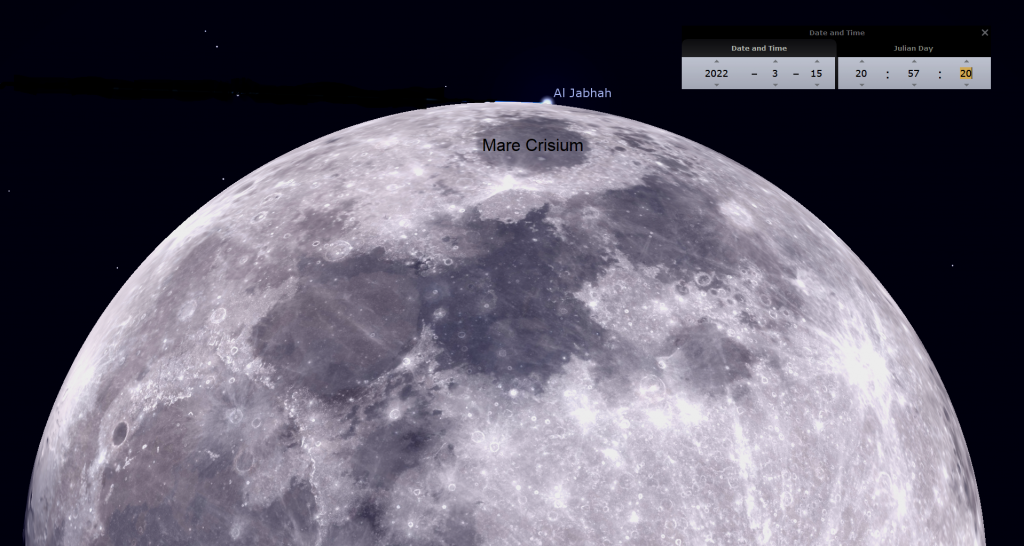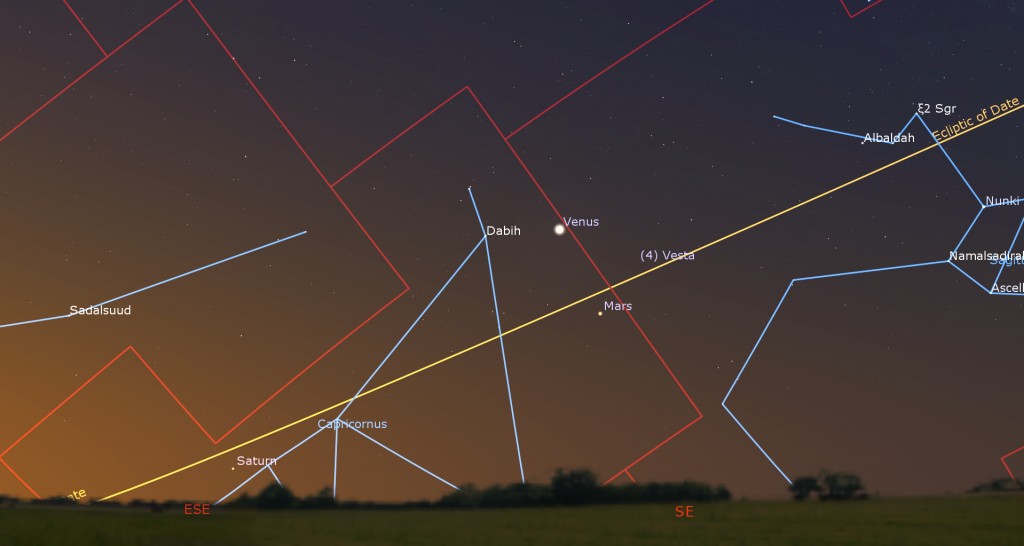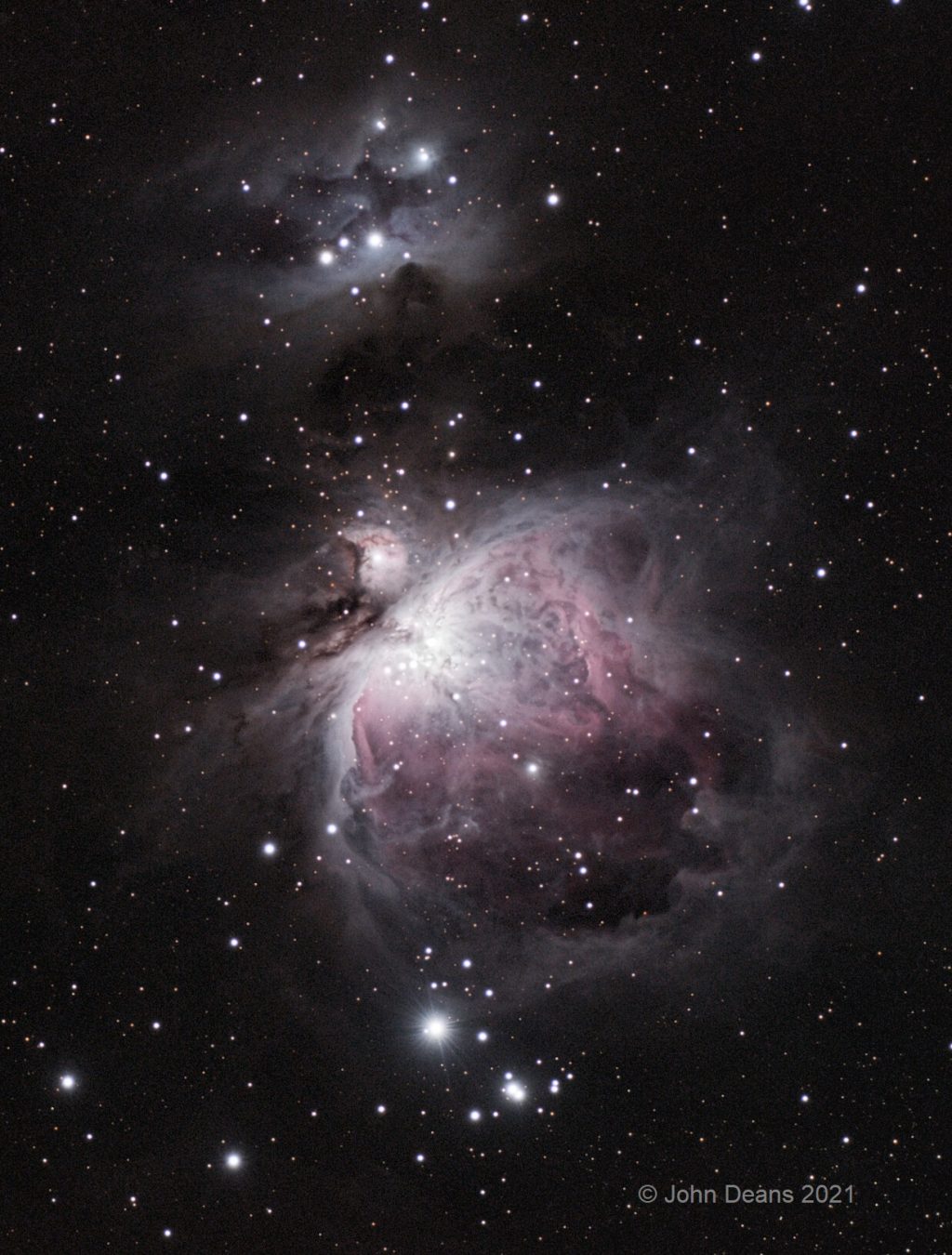Peering at Planets from Dusk to Dawn, and Eyeing Aquila on Moonless Nights!
This image of the Wild Duck Cluster, also known as Messier 11 and NGC 6705 in Scutum covers a patch of sky equal to the diameter of the full moon. The magnitude 6.3 open star cluster is visible with unaided eyes and through binoculars and telescopes, despite its 6200 light-year distance. It was taken using…
Read more
